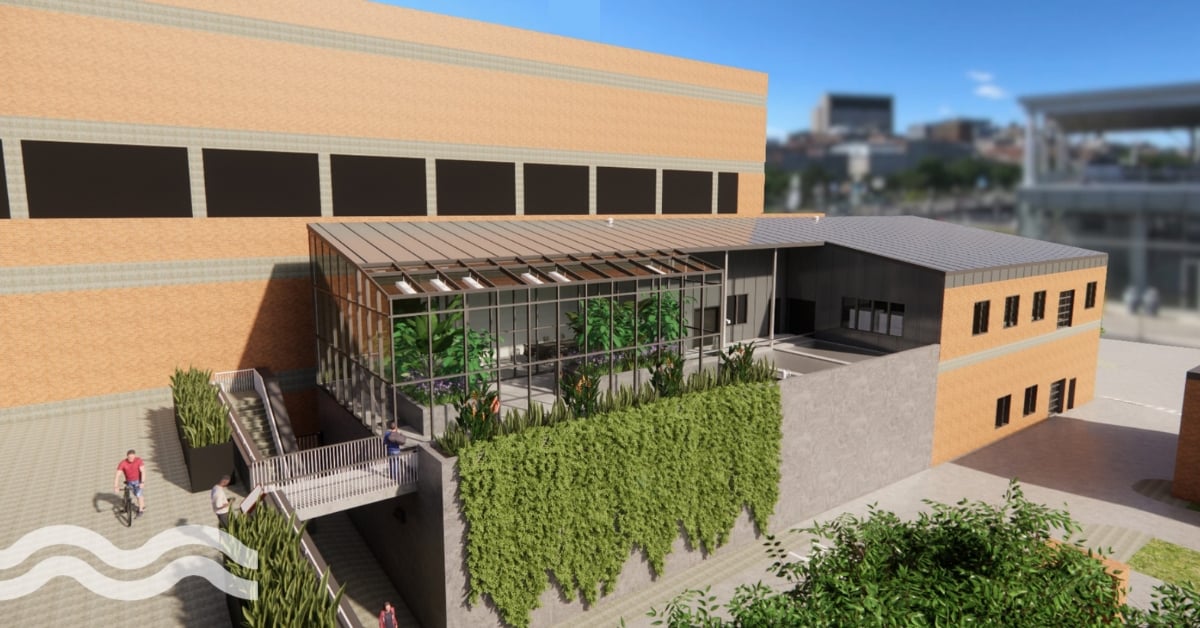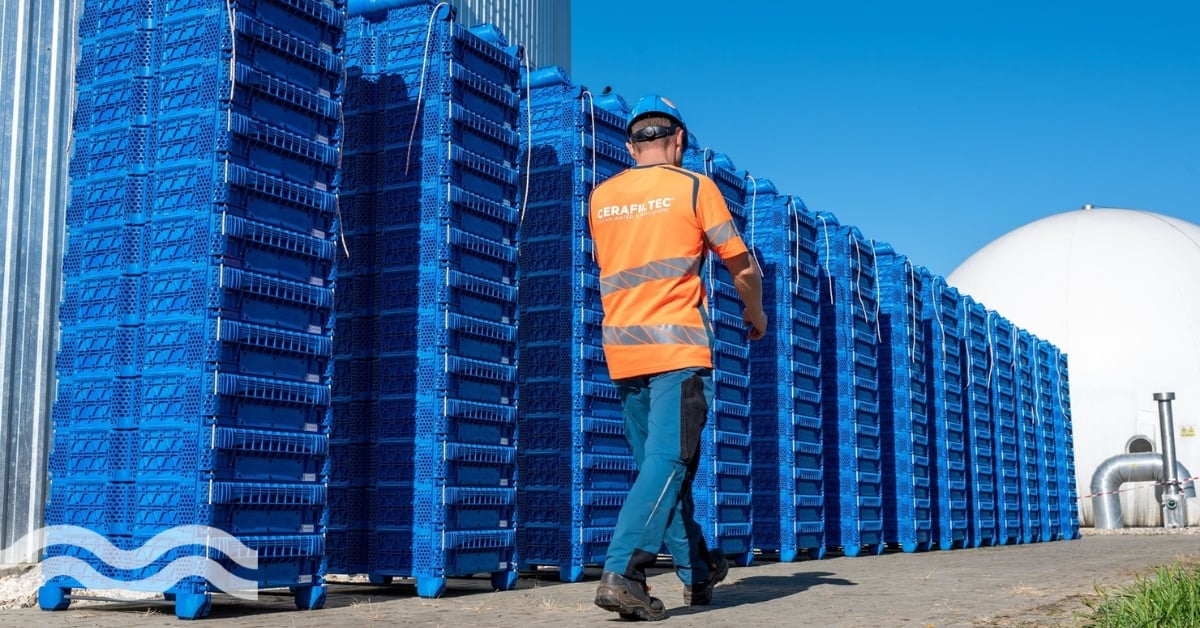Santa Monica turns to indirect potable reuse for water security

The Sustainable Water Infrastructure Project (SWIP) will include three new projects
Californian city Santa Monica will move ahead with plans to reuse brackish groundwater, wastewater and stormwater as part of a Sustainable Water Infrastructure Project (SWIP).
Three organisations will partner to deliver the plans: consultancy Arcadis, water recycling company PERC Water and construction engineering company Kiewit.
Currently, the City of Santa Monica partially relies on imported water to meet its water needs but has set the goal to be water self-sufficient by 2020.
One of the headline ambitions is to recycle up to 4550 m3/day of municipal wastewater for reuse, including for future indirect potable reuse (IPR) via aquifer recharge.
Furthermore, as part of the plans up to 20,500 cubic metres of water from any storm will be treated and reused.
With a total budget of $56.88 million, the development also sets out to reduce energy use and greenhouse gas emissions associated with importing drinking water.
SWIP will support existing programs, including the Clean Beaches Initiatives Project, the Enhanced Watershed Management Program and the City of Santa Monica Sustainable Water Master Plan.
The SWIP will include three new projects:
- Reverse osmosis technology to treat brackish/saline-impaired groundwater and stormwater at the Santa Monica Urban Runoff Recycling Facility (SMURRF)
- Sewer lift stations and a below-grade stormwater and sewer treatment facility at the Civic Center parking lot, with the ability to treat 4550 cubic metres or harvested stormwater per day
- Stormwater lift stations and a below-grade stormwater harvesting tank at the Civic Center parking lot, with a total storage capacity of 20,500 cubic metres.
As a sub-consultant to Kiewit, Arcadis will lead the design portion of the project, alongside PERC Water, which is expected to be completed in 2020.
In a council report, the City of Santa Monica said: “Santa Monica strives to be water self-sufficient and independent from costly imported water. Imported water can be impacted by seasonal and regional droughts and has a high environmental impact due to the energy demands of transporting the water from distance locations. Water self-sufficiency will result in long-term adaptability and resiliency to climate vulnerabilities by providing the security of a sustainable water supply.”


